Since the double crashes involving its bestselling 737 MAX, Boeing has fumbled its response, treating the disasters which killed 346 lives more like typical accidents. As the company continues to struggle to regain the trust of regulators, customers and the public, Boeing has just fired its CEO – Dennis Muilenburg. Boeing said a change in leadership was necessary.
Despite his attempts to take responsibility for some of the biggest crisis of Boeing’s history, Muilenburg was unable to regain trust as the 737 MAX’s problems multiplied. The ex-CEO had said sorry multiple times, but his apology failed to pacify the regulators, let alone the public. He was seen as more anxious and interested to get Boeing’s plane flying again, for obvious reason.
Make no mistake. Despite a change in leadership, the primary objective of the boards remains the same – to make planeloads of profit regardless of customers’ safety. Muilenburg only conceded mistakes after his refusal to acknowledge flaws in a flight-control system implicated in both crashes failed to work. Only then he started apologizing and meeting with grieving families.
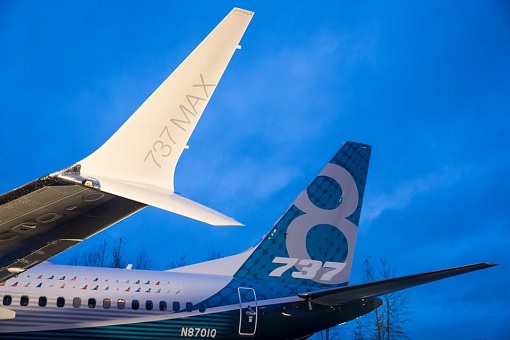
As far as Boeing is concerned, the crashes still aren’t its fault. Right after the Ethiopian Airlines Flight 302 crash, killing all 157 people on board, including passengers from 35 nations, the plane manufacturer issued a non-apology press release on its website – expressing sadness, but did not take responsibility for the fatal crashes.
Even after Boeing changed its tone and offered an apology later, they spoke different thing at different place. For example, despite CEO Muilenburg’s reluctant apology, he pointed fingers at the possibility of pilot error in causing the crashes during the Boeing’s earnings call. So the game was for the CEO to apologize, but at the same time, Boeing maintains its innocence.
Do not underestimate the power of saying sorry. Apologies work like a charm. An apology, if accepted, allows life to go on “as if nothing had happened”. More importantly, an apology can sometimes be the least expensive way of resolving a crisis. Saying sorry can actually help avoid a lawsuit altogether, something which a profit-hungry corporation like Boeing needed very much.
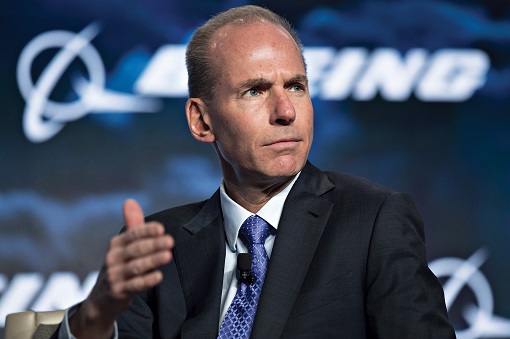
Unfortunately, in the double crashes of the Indonesian budget carrier Lion Air Flight 610 and the Ethiopian Airlines Flight 302, Muilenburg’s “sorries,” no matter how many had been expressed, were not enough to convince the public. Hence, the CEO had to be axed to show that the company has punished the culprit, when in fact the fundamental problems are still there.
The jump in Boeing’s stock price after news that Dennis Muilenburg has been fired shows the importance of sacrificing the company’s CEO in order to make shareholders happy. Since the Ethiopian Airlines crash in March, Boeing shares have fallen roughly 23%, erasing nearly US$55 billion from the company’s market capitalization.
Still, the most important question has been this – will the Boeing 737 MAX be in the skies again? Boeing had anticipated that the aircraft would be cleared to fly again by the end of 2019, something which Muilenburg had trumpeted to instil confidence in the company. However, the Federal Aviation Administration (FAA) said the timeline was not realistic.
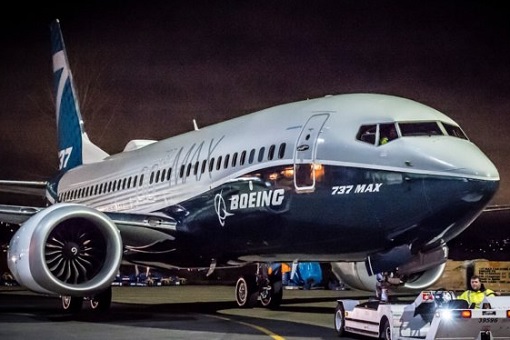
Now, the actual date for the plane’s return to service is unclear. A week ago, the Chicago-based aerospace giant announced it will stop producing the 737 MAX in January 2020 – about 10 months after the planes were grounded worldwide. Southwest Airlines and United quickly announce they would pull the 737 MAX from their flight schedules going into 2020.
The production suspension was such a big deal that it prompted President Trump to call Mr. Muilenburg. The implications for Boeing’s vast network of suppliers and their employees would affect the American economy. Making matters worse, a new space capsule Boeing designed for NASA failed to reach the correct orbit, dealing another blow to company morale and a setback for the U.S. space program.
But the misfortunes didn’t stop there. Ratings agency Moody’s downgraded the Boeing’s credit rating, citing the production halt and “regulatory uncertainty” regarding the MAX grounding. Unlike before the crashes, where the Boeing and FAA executives rubbed shoulders and scratched each others’ back, meetings have since been tense and serious between both parties.
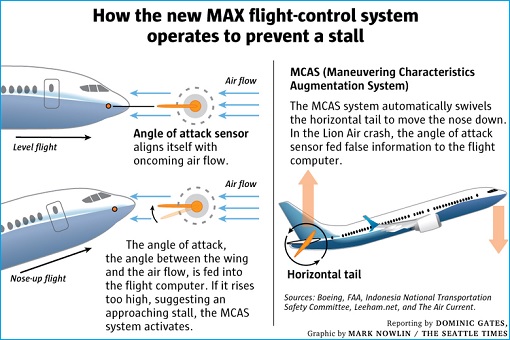
The Federal Aviation Administration reportedly reprimanded Boeing for putting pressure on the agency to move faster in approving the return of the company’s 737 MAX jet. FAA chief, Stephen Dickson, told Boeing CEO Dennis Muilenburg not to ask for any favors during the meetings, saying Boeing should focus on providing all the documents needed to fully describe the plane’s software changes.
A string of Boeing’s unilateral optimistic predictions of when regulators FAA would certify the aircraft for flying has backfired, forcing the FAA to distance itself from Boeing. In fact, Boeing’s pressure actually antagonizes the air-safety regulator. Muilenburg was lectured that Boeing should stop talking about progress, and gives the FAA space to do its jobs.
After Boeing’s cover-up, where it was revealed that it knew about the defective software called MCAS, but kept quiet about it, FAA urgently needed to be seen as independent, not the partner-in-crime of Boeing. The regulator has taken a reputation hit after delegating its authority to Boeing for years, and the crisis was fueling questions on Capitol Hill about its coziness with the company.
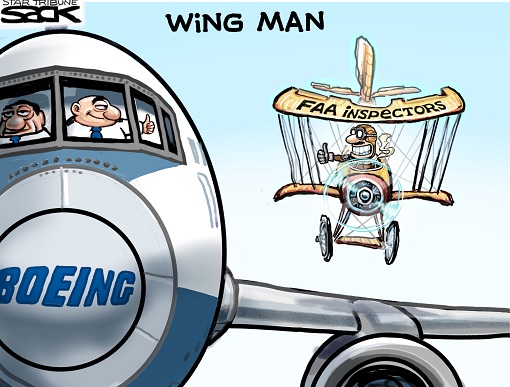
It didn’t help the situation that based on a document derived from the Federal Aviation Administration’s November 2018 internal analysis, which was released during the House Transportation Committee hearing, the FAA calculated that the Boeing 737 MAX could crash 15 times in the expected lifespan of the plane – and kills more than 3,000 people – but allowed it to keep flying anyway.
FAA’s new boss, Dickson, in an internal memo dated November 14 wrote that the regulator wouldn’t work with any schedule and FAA wouldn’t allow the 737 MAX to fly again until 2020. The tough stance suggests the MAX would not be approved until summer in June next year at the earliest. But it could be longer and stretched to a year.
In the same breath, Boeing has to pray that there would be no new incidents or crashes. However, analysts note that even after the plane has been given the regulatory green light, it could take a year until the grounded fleet is all back in the air. By putting undue pressure on the FAA to re-certify the plane by the end of the year 2019, it has done more damage than good to Boeing.
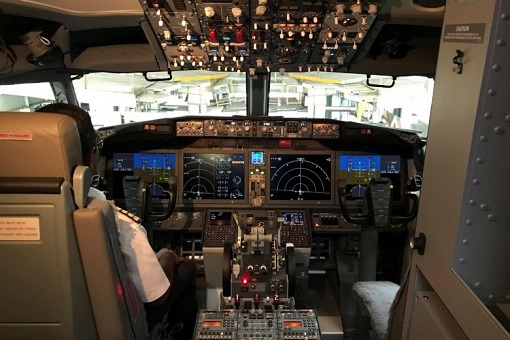
Other Articles That May Interest You …
- FAA Calculated Boeing 737 MAX Could Crash 15 Times & Kill More Than 3,000 People – But Allowed It To Keep Flying
- More Problems – Now Boeing Is Forced To Suspend Test For New 777X Aircraft After “Door Explosion”
- An Admission Of Guilt – Former Boeing Official Invokes Fifth Amendment Protection In 737 MAX Scandal
- Boeing 737 MAX Has “No Value” – Lawyer Says Public Doesn’t Trust It, Client Can’t Use It
- Zero New Orders For 737 MAX – Airbus To Overtake Boeing As World’s Biggest Plane Maker
- Profit-Hungry Boeing – Crashed 737 Max Jets Did Not Have 2 Safety Features Because They’re Optional
- FAA Protecting Boeing? – Despite Assurance, Airlines Around The World Suspend Boeing MAX-8 Jets
- 3 Bailouts Involving RM30 Billion – Here’s Why Malaysia Airlines Should Be Shut Down Or Sold Off
- Secret Revealed – The Secret Chambers Where Pilot & Cabin Crew Rest & Sleep (Photos)

|
|
December 24th, 2019 by financetwitter
|


|

|

|

|

|

|
Comments
2 fatal crashes in less than 2 years after 737 MAX is brought into service – how could public trust the airplane again?
Even if any airline says it’s very safe to fly again, I would look for ticket that flies with non-737 MAX!
No re-certification can rebuild the trust.
Even if the FAA has given the approval for the Max to fly again, I would definitely avoid it still; until maybe the year 2040 when no accidents are reported by then.














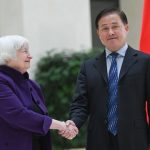













Would you or any of your readers know what package was given to the former CEO to secure his resignation? US companies tend to give extremely generous (some may say obscene) parting gifts to departing CEOs, even those who has ran the company into the ground.